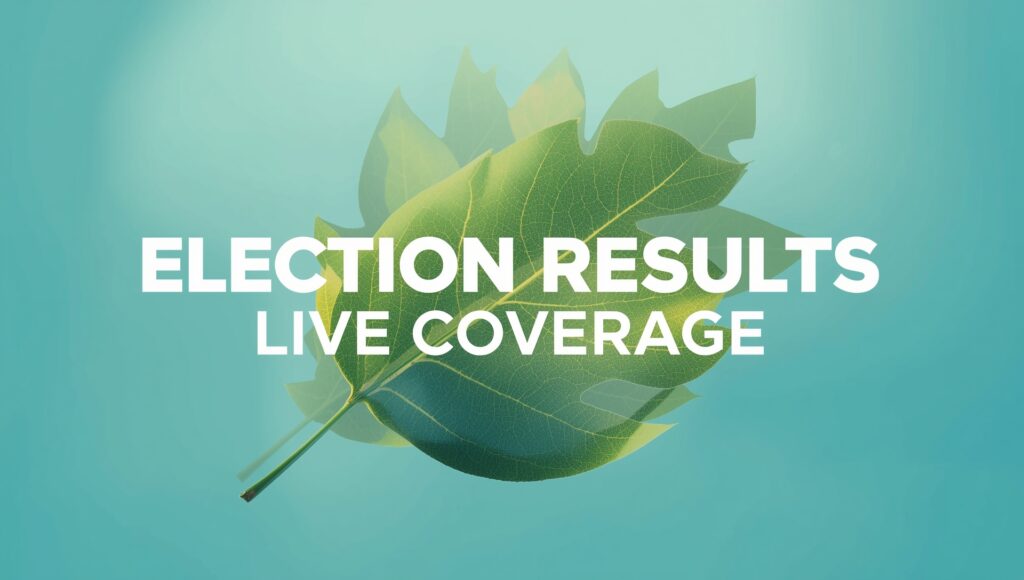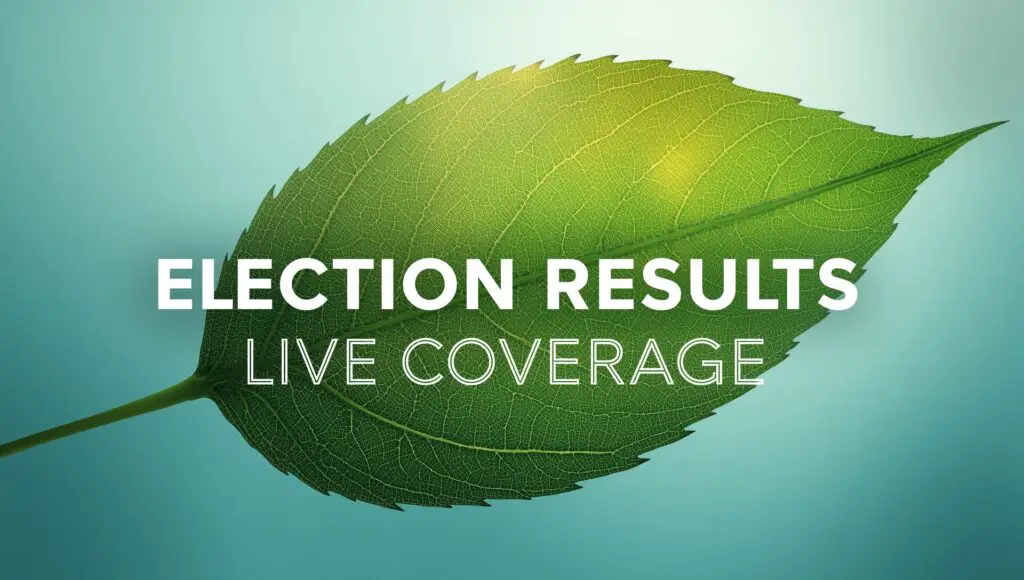Election night captivates millions around the globe. As votes close, news outlets—and increasingly, digital platforms—transform into nerve centers of immediacy, insight, and suspense. Live coverage isn’t only about reporting results—it’s about determining how audiences understand and trust the process

1.what Makes Live Election Coverage Unique?
Live election coverage is one of journalism’s most dramatic, high-stakes events. Unlike normal news reporting, it’s unspooling in real-time—often under unanticipated settings. Networks must give correct updates, clarify provisional facts, and manage tensions—all while keeping viewers informed and engaged.
The Associated Press (AP), with a legacy extending back to 1848, underscores transparency: extensive breakdowns of how winners are projected, backed by specialized staff to demystify these selections for viewers. (AP News)
2. Behind the Scenes: The Human & Technical Orchestration
Anchors and analysts operate in unison with data experts, legal advisors, and producers. Hallie Jackson of NBC, for example, preps for 24-hour coverage by rehearsing with data boards, coordinating with field journalists, and preserving her cool under uncertainty. (InStyle)
Meanwhile, firms like Decision Desk HQ power many digital election operations, employing APIs to transmit real-time results directly from election officials to platforms like NewsNation, The Hill, and Ballotpedia. (Wikipedia)
3. Digital Tools and Visual Storytelling
Visual aids like interactive maps, dynamic tables, and explanatory visuals are now vital. The AP delivers configurable images in many languages, boosting clarity and establishing audience trust. (The Associated Press)
The introduction of live blogs has also impacted coverage. The Australian Broadcasting Corporation (ABC) demonstrated this with a highly effective digital live blog—garnering record app usage and millions of views—solidifying live blogging as a vital engagement tool. (Norkon)

4. Navigating Accuracy and Public Trust
Misleading or premature calls might have enduring implications. In reaction to the backlash during prior U.S. contests, publications like AP now focus greater emphasis on transparency—explaining the data, models, and reasoning behind their estimates. (AP News)
Specialized election sites such as Votebeat provide local news clarity, especially on administration and voting logistics, helping counter misinformation and increase trust in the process. ([Wikipedia][6])
5. Legal Considerations and Ethical Standards
Live election coverage isn’t merely editorial—it’s often legally delicate. Journalists must manage laws concerning exit polls, media access to polling places, and regional differences, especially in high-stakes scenarios like U.S. electoral states. ([Reporters Committee][7])
Media guidelines—such as the EBU’s principles or Ireland’s broadcast rules—underscore fairness, impartiality, and responsibility when reporting inside electoral times. (EBU, Coimisiún na Meán)
6. Broadcasting Across Platforms
- Television: Anchors give live updates with polling data and expert comments.
- Digital Platforms: Live blogs, embedded visuals, and mobile alerts promote real-time engagement.
- Streaming & Social Media: Video platforms expand reach—platforms like YouTube impose regulations on labeling synthetic content, helping combat disinformation. (YouTube) Successful outlets blend formats:
- TV for immediacy and authority * Digital for interaction and depth * Social for reach and hashtag-driven conversation

7. Why Live Coverage Still Matters
- Democratic Engagement: Live coverage exposes voters directly to unfolding events, reaffirming the impression that their vote counts.
- Informed Audiences: By describing the how and why behind projections, media improve public comprehension and confidence.
- Multi-Dimensional Storytelling: Coverage goes beyond numbers—it highlights polling patterns, voter mood, legal background, and more.
- Combating Misinformation: Transparency in methodology and real-time reporting assist refute rumors and conspiracy narratives.
- live election results coverage * how election night coverage works * election live blog best practices * realistic election estimates explained * digital tools for election coverage
Conclusion
Live election coverage is at the confluence of journalism, technology, and public confidence. As viewers follow results flashing across screens, it’s the painstaking orchestration behind the scenes, the devotion to clarity, and the harnessing of digital tools that make it relevant. When done correctly, live coverage doesn’t merely report democracy—it brings it to life.



